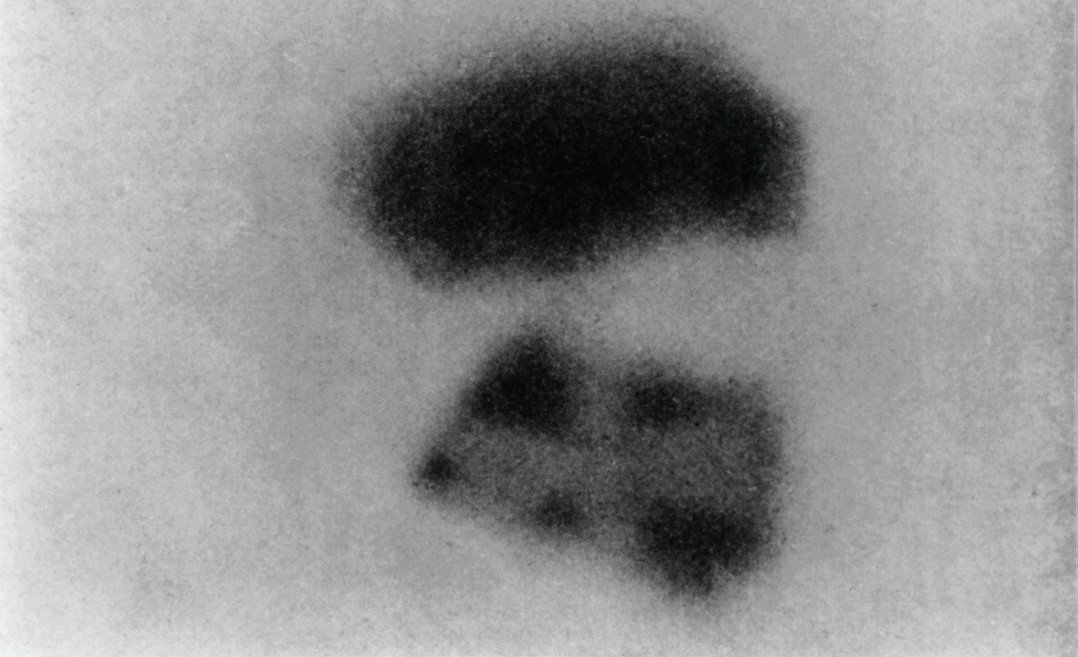
Radioactivity was discovered in 1896. Samples of uranium ore were known to emit radiation, but it was thought to be f luorescence caused by sunlight. When Henri Becquerel stored a sample and a photographic plate in a drawer, the plate turned dark (1) — the ore was emitting radiation, unaided by anything else.
Thorium compounds were also found to be radioactive. Marie Curie (2) and her husband Pierre found that the radioactivity of the ore known as pitchblende could not be accounted for by its uranium and thorium content. By boiling up and chemically analysing many tonnes of the ore they isolated two new radioactive elements: polonium and radium.
Your organisation does not have access to this article.
Sign up today to give your students the edge they need to achieve their best grades with subject expertise
Subscribe




